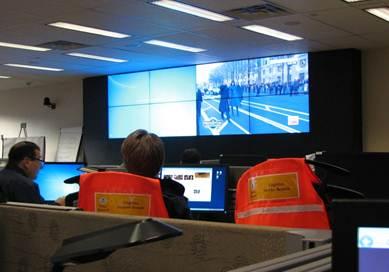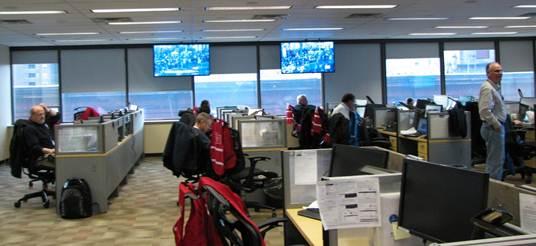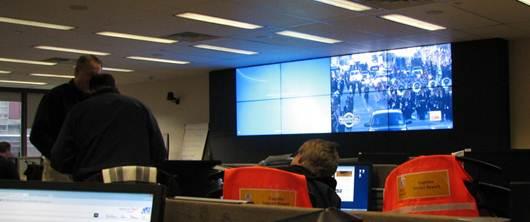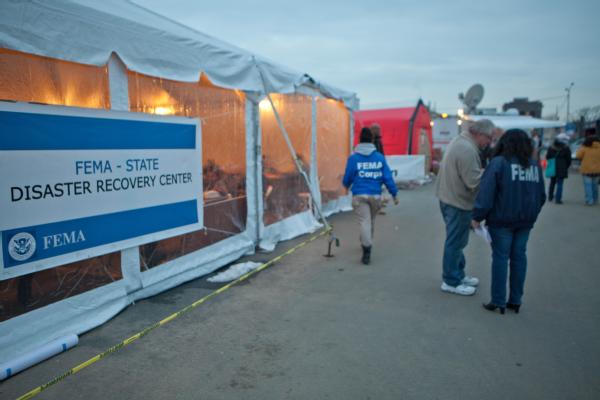Posted by: John McGowan, Response Division Director, FEMA Region 3
As you might guess, it takes a high level of coordination and skill to pull off an event where hundreds of thousands of people converge on a small area to watch many of the nation’s political leaders. Yesterday during President Obama’s public Inauguration ceremony, I jotted down some thoughts about FEMA’s role supporting our emergency management partners:













